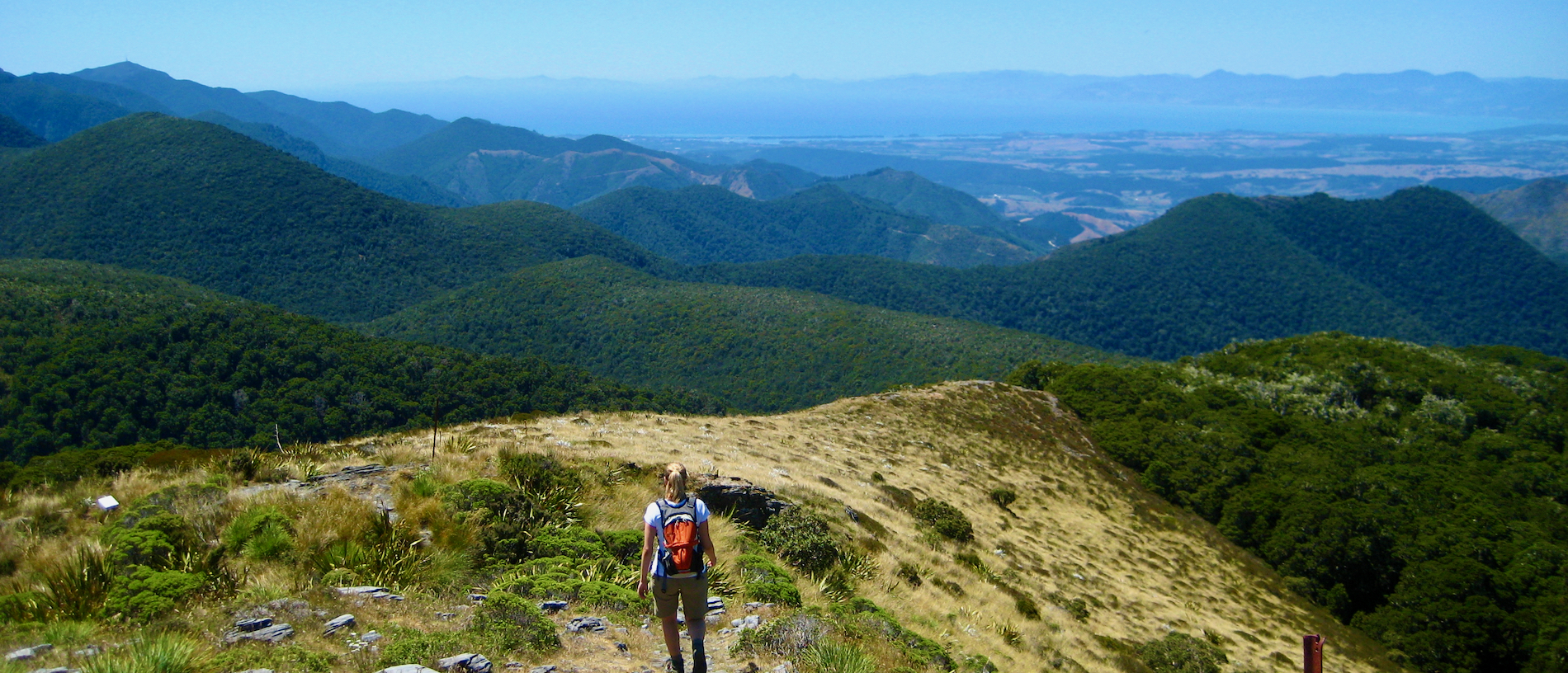
Kahurangi National Park: a treasured possession
Kahurangi, New Zealand’s second largest national park, includes the famous Heaphy Track, the Ōpārara Basin complex of limestone arches and 1795m-high Mount Arthur.
Kahurangi Marine Reserve protects the environment along 16 kilometres of coastline and out to five kilometres offshore between Wekakura Point and Crayfish Point.
The north of the reserve is a remote wilderness visited more by seals than humans. At 84 square kilometres, it is one of the largest marine reserves in mainland New Zealand.
The coastline is a mixture of wild, honey-coloured sandy beaches broken by boulders and reefs, bordering the coastal nīkau forest of Kahurangi National Park. The marine reserve and national park combine to protect a full sequence of natural landscapes from the mountains to the ocean.

Driftwood adds a sculptural quality to the beaches and supports small communities of animals such as earwigs, sandhoppers and spiders. Rocky reefs and sea stacks reach out from the boulder shores, supporting encrusting animals, invertebrates and inshore fish which thrive in the murky, churning water of this windward coast.
Fur seals, kekeno, often visit and rest at the Wekakura Point colony in the north of the reserve. It is also home to dozens of Hector’s dolphins.
The reserve reaches to depths of about 50 metres. A seabed of mud and sand provides habitat for burrowing shellfish and coastal fish such as flounder, gurnard, snapper and sharks.
Walkers can explore the beaches and rocky shore along the Heaphy Track, in the southern half of the reserve, but further north it becomes a much more remote and challenging wilderness experience. Its exposed and remote nature makes it unsuitable for diving, swimming and boating.
There are also seasonal opportunities for mountain bikers to ride parts of the reserve along the Heaphy Track.